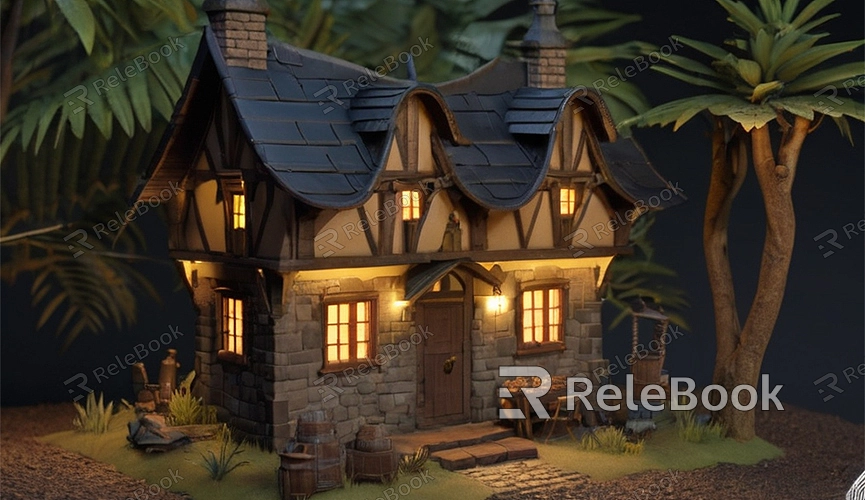How to Render an Animation to Video on Blender
After creating an animation in Blender, rendering it to a video file is a crucial step. Whether you're producing short clips, animated films, or simple motion graphics, knowing how to render your animation to video is an essential skill. This article will walk you through the process of rendering an animation to video in Blender and share some practical tips to help you optimize the rendering process and enhance the final result.
Preparation
First, ensure that you've already created an animation in Blender. If you haven't yet, you can quickly create a simple animation by following these steps:

1. Open Blender and Create a New Project: Start Blender and select "New Project."
2. Add a Cube: In the viewport, press "Shift + A" and choose "Cube" to add a cube object.
3. Set Keyframes: On the timeline, select the starting frame, press "I," and choose "Location" to set a keyframe. Move to another point in time, then press "I" again to set an ending keyframe.
Now you have a simple animation, and you're ready to render it to video.
Set Up Rendering Parameters
The first step in rendering your animation to video in Blender is to configure the rendering settings correctly. Here's how:
1. Select the Rendering Engine: In the top menu of Blender, go to the "Render Properties" tab. Blender offers several rendering engines, such as Eevee and Cycles. Choose the one that suits your needs.
2. Set Resolution and Frame Rate: In the "Output Properties" tab, configure the resolution and frame rate for your video. A common choice is HD resolution (1920x1080) with 24 frames per second (fps).
3. Choose Output Format: In the "Output Properties" tab, find the "Output" section and choose a video format (such as FFmpeg Video). Then, under the "Encoding" section, select a video codec (such as H.264) and adjust the quality settings.
Rendering the Animation
Once your rendering parameters are set, you can start rendering the animation. Follow these steps:
1. Set the Output Path: In the "Output Properties" tab, specify the file path where the rendered video will be saved. Make sure to choose a folder that's easy to access and give your rendered video a name.
2. Start Rendering: Go to the top menu of Blender, select "Render" and then click "Render Animation" (or press "Ctrl + F12"). Blender will begin rendering the animation frame by frame and save the result as a video file.
Tips for Improving Rendering Efficiency
Efficiency is key when rendering animations, especially for more complex scenes. Here are a few tips to enhance rendering efficiency:
- Optimize Your Scene: Reduce the number of polygons in the scene, and remove unnecessary objects and light sources to significantly speed up rendering.
- Use Proxy Objects: When working with complex scenes, you can use low-poly proxy objects in place of high-poly models for previews and testing.
- Adjust Sampling Settings: In the "Render Properties" tab, lowering the sampling values can accelerate rendering while maintaining good image quality.
Post-Render Processing
After rendering is complete, you might need to perform some post-processing on the video. Here are some common steps:
- Editing and Trimming: Use Blender’s built-in Video Sequence Editor (VSE) or another video editing software to edit and trim the rendered video.
- Add Sound and Music: Enhance the video with sound effects and background music to improve the overall experience for viewers.
- Export the Final Video: Once all editing and processing are complete, export the final video file. Choose the appropriate encoding format and compression settings.
Resource Recommendations
Using high-quality 3D textures and HDRI resources can greatly enhance the impact of your projects. If you need high-quality 3D textures, HDRIs, or 3D models for your creations, you can download them from Relebook. After downloading, simply import the textures and 3D models into Blender to use in your animations.
By following the steps outlined in this article, you should now have a solid understanding of how to render animations to video in Blender. From setting up your project to configuring the rendering parameters, improving efficiency, and handling post-processing, each step is essential to a successful render. Hopefully, these tips will help you complete your animation rendering smoothly and inspire you to create more fantastic projects.

